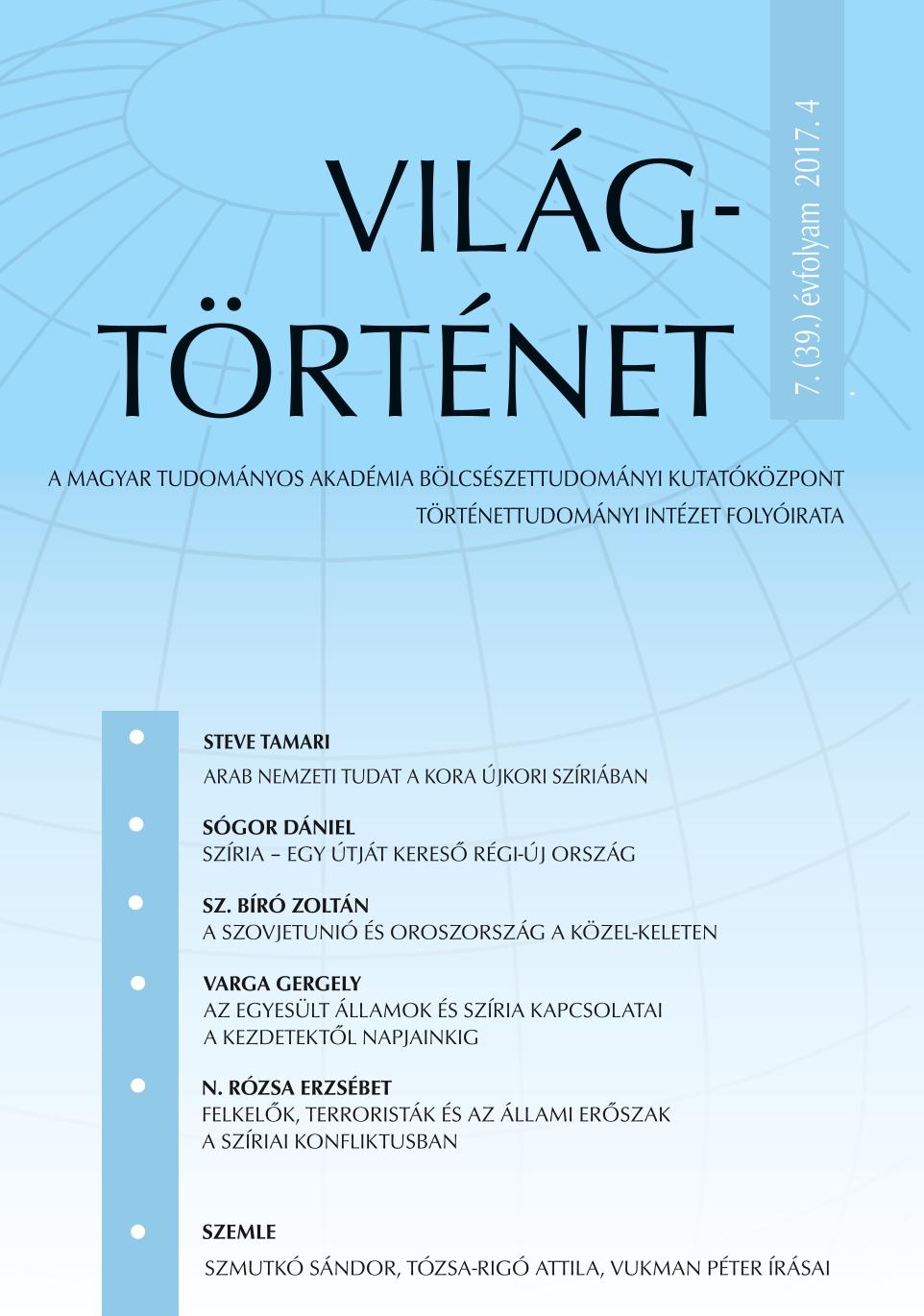Szíria heterodox vallási közösségei
The Heterodox Religious Communities of Syria
Author(s): Máté HorváthSubject(s): History of Islam, History of Religion
Published by: Magyar Tudományos Akadémia Bölcsészettudományi Kutatóközpont Történettudományi Intézet
Summary/Abstract: Syria is a confessionally diverse country, where along with the overwhelming Sunni majority, significant Christian and non-Sunni Muslim communities exist. In this article, the author presents the history and basic beliefs and doctrines of three of the non-Orthodox communities: the Ismailis, the Alawis and the Druze. All three have special relationships with Syria: the Ismaili sect originated here, while the great majority of the world’s Alawi and Druze population lives within the borders of the country. In addition, the Syrian regime has been dominated by Alawis for over half a century. These sects all originate from radical medieval forms of Shii Islam, and thus they share some core features, such as the Neo-Platonic doctrine of an abstract God and creation through emanation. All of them diverged from the Orthodox Sunni and Shiite Islamic norms, resulting in isolation and occasional persecution during their 1000-year long history. Nevertheless, there are vast differences between them: while the Ismailis’ preference of the esoteric interpretation of the Quran did not result in a significant change in religious practice, the Alawis incorporated many non-Islamic elements in their system of beliefs and rituals (e.g. the transmigration of souls, the consumption of wine etc.). As for the Druze, whose faith and society both bear many similarities with the Alawis, they do not even regard themselves Muslims
Journal: Világtörténet
- Issue Year: 2017
- Issue No: 4
- Page Range: 523-543
- Page Count: 21
- Language: Hungarian

